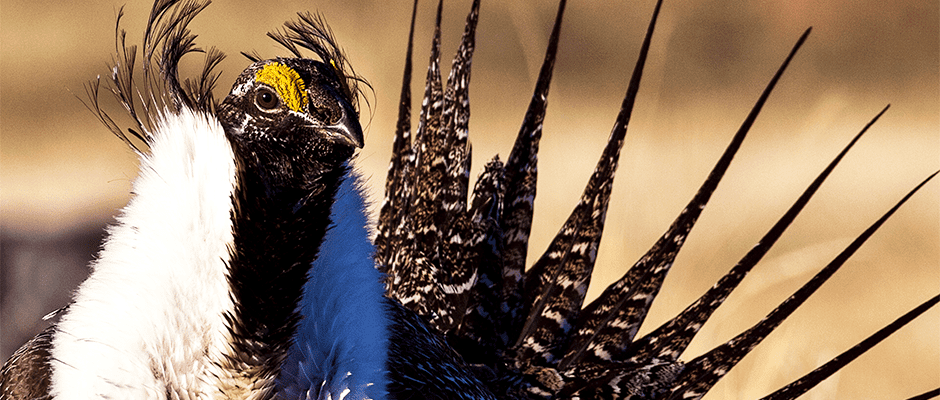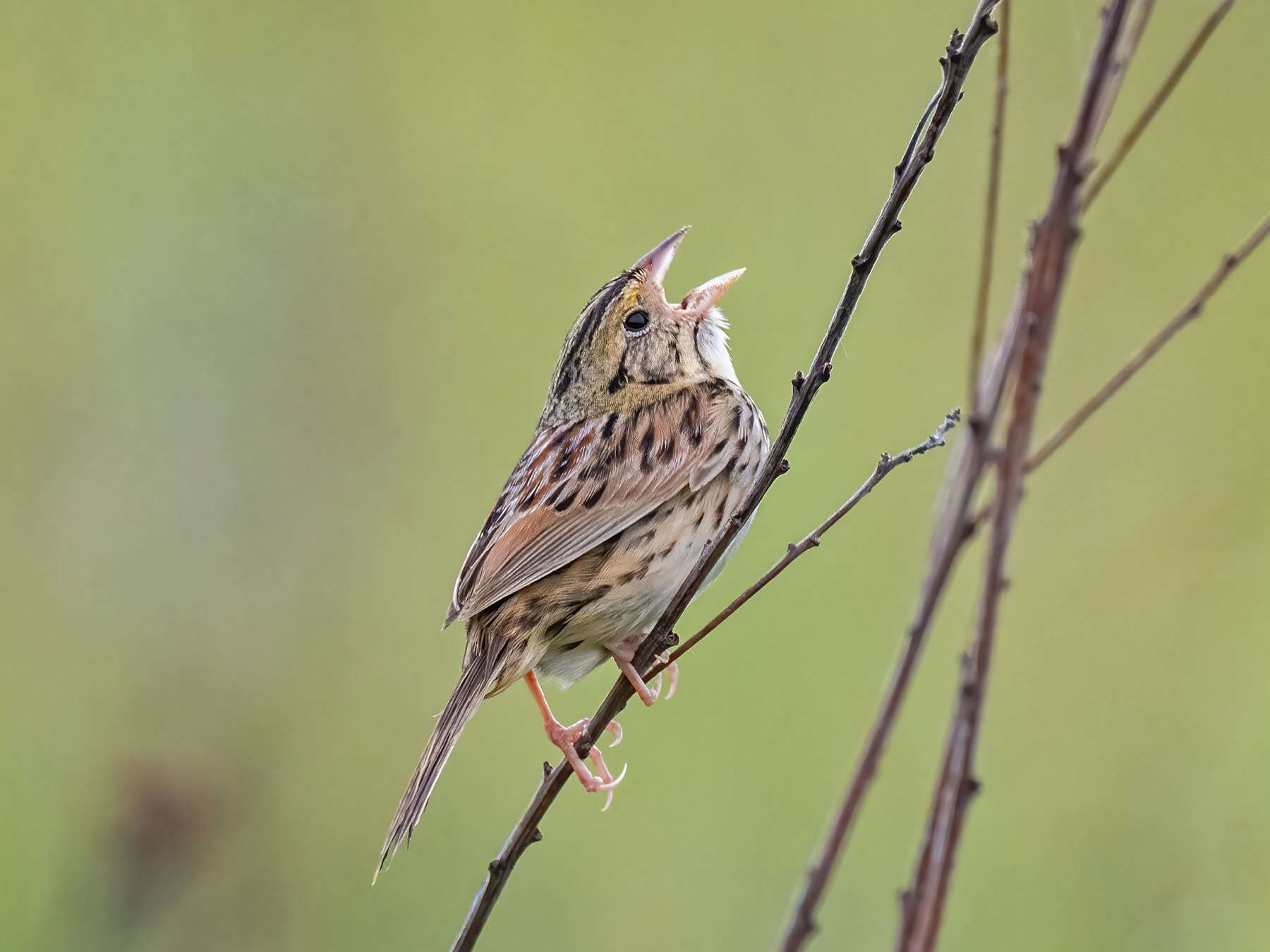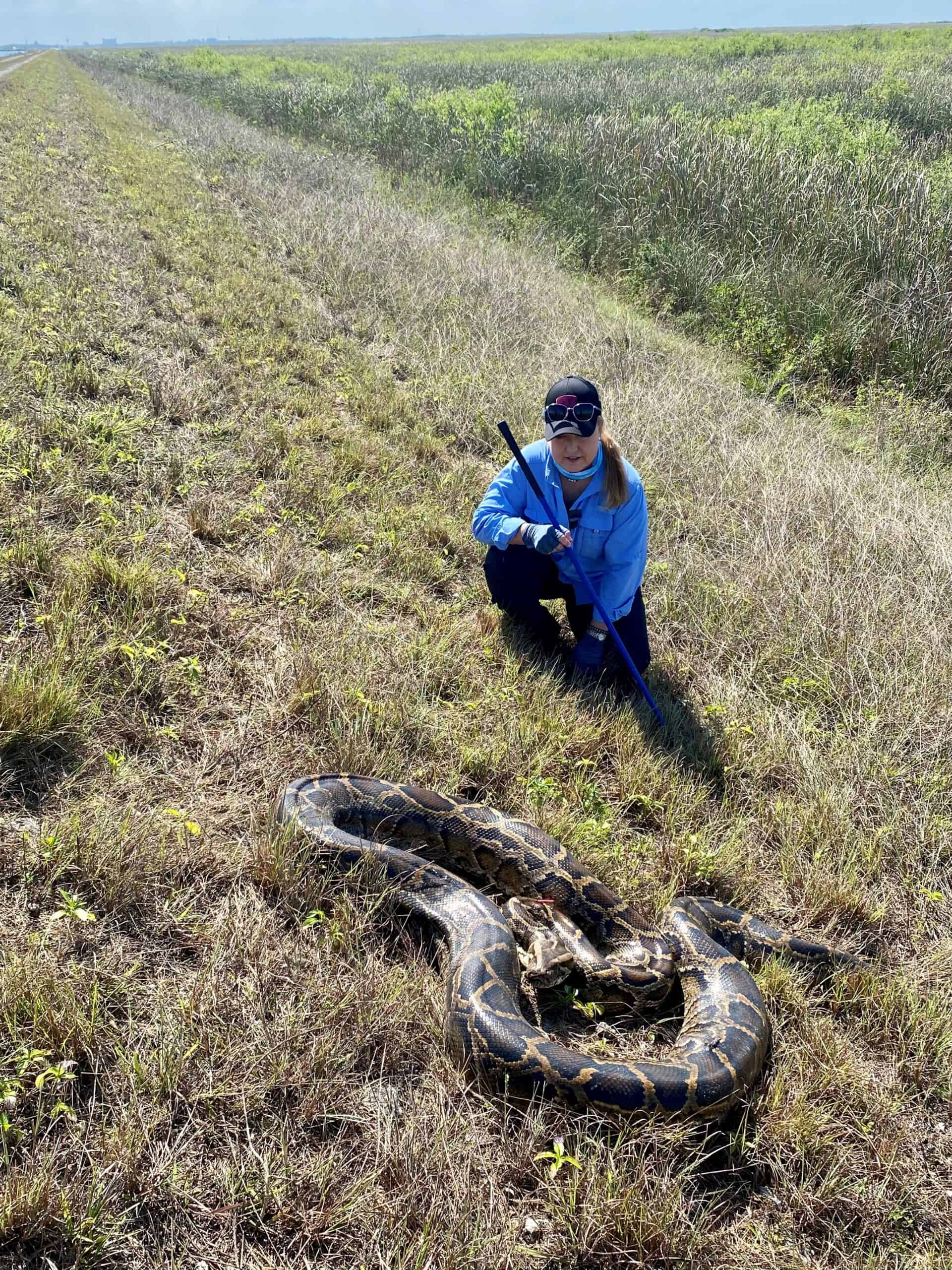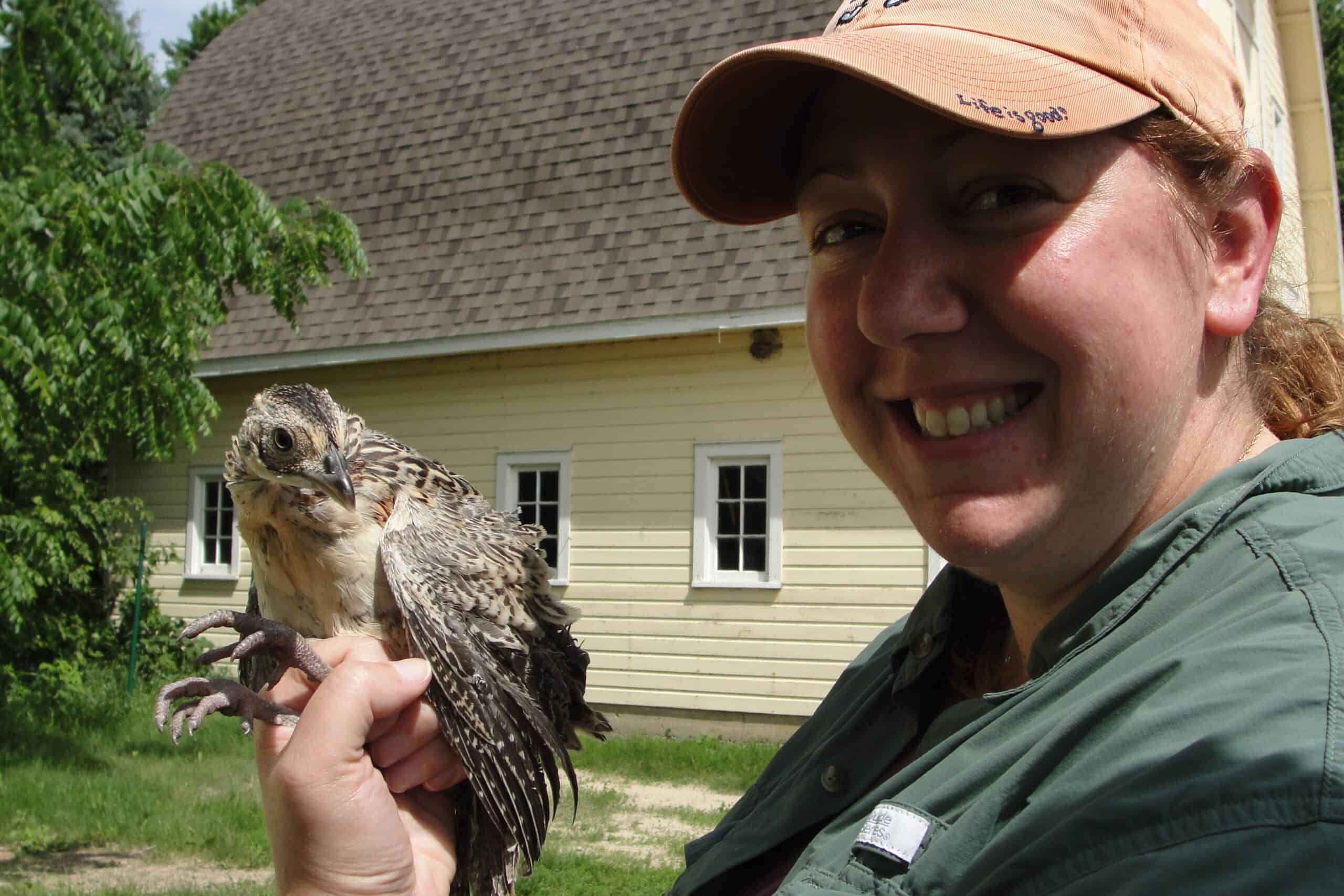Share this article
Amendment may increase sage-grouse egg collection limit in WY
Wyoming state congressmen introduced House Bill No. 271, Game Bird Farms – Greater Sage-grouse, to the state House of Representatives on Jan. 27. In addition to modifying game bird farm license provisions, the bill would allow for certified licensees to collect greater sage-grouse (Centrocercus urophasianus) eggs from the wild for captive rearing and release. While the original bill stipulated an annual maximum removal of 250 eggs from no more than 40 nest sites, a Senate amendment would increase that limit to 1,000 eggs.
The Wyoming Game and Fish Department (WGFD) officials testified that the initial egg removal limit of 250 was biologically defensible based on past analysis. However, the bill was unanimously amended by the State of Wyoming Senate Agriculture, State and Public Lands & Water Resources Committee on Feb. 15. Greater sage-grouse are still considered a species of management priority in Wyoming.
Sage-grouse in Wyoming are managed by WGFD. According to the U.S. Fish and Wildlife Service, Wyoming has more greater sage-grouse than any other state, with an estimated 37 percent of the species’ total population. Wyoming’s Greater Sage-Grouse Core Area Protection strategy was implemented in 2008 as part of the Governor’s executive order, utilizing the Sage Grouse Implementation Team – composed of representatives from state and federal agencies, NGOs, and industries to make conservation recommendations to the Governor – to carry out the order and provide oversight. The Wyoming Greater Sage-Grouse Conservation Plan utilizes local working groups to focus on rangeland health as a management philosophy. Implementation team and working group efforts have not identified a need for captive rearing of sage-grouse.
WGFD’s Game Bird Farm Program regulates commercial game bird farms throughout the state. The regulations were updated in 2014 following a series of meetings and surveys for public input. The Program offers youth hunt days and releases about 30,000 birds a year for hunters.
Karl Bear, a farm manager for Diamond Wings Upland Game Birds in Wyoming, said that the increase in eggs that could be collected would help the farm hatch a large population sooner and prevent them from going to find more eggs every spring.
On Feb. 21, The Wyoming Chapter of the Wildlife Society (WY-TWS) sent a letter urging Senators to vote against H.B.271. In the letter, WY-TWS outlines some of the primary issues with the bill and states that “the potential for long-term negative genetic implications, disease transfer and proliferation, impacts to behavioral adaptations, etc. of a captive rearing program are real and extensively reported in the literature.” WY-TWS discusses that the bill is not supported by science, specifically pointing to work done to augment sage-grouse populations in Colorado that was not incorporated in the proposed approach described in H.B.271. The letter also references the WY Executive Order 2015-4 – which outlines Wyoming’s Greater Sage-Grouse Core Area Protection strategy – that calls for effective management of sage-grouse through a focus on protecting and enhancing habitats. WY-TWS stresses that greater sage-grouse populations in Wyoming are not at the level to warrant a captive rearing program.
The bill passed the House on Feb. 6, without the proposed amendment, and is currently awaiting a Senate floor vote. If the Senate bill with the amendment passes, it would still need to be reconciled with the House bill before being sent to the governor for consideration.
Read TWS’ Position Statement on Shooting Preserves for Game Birds.
Header Image: ©Bureau of Land Management








